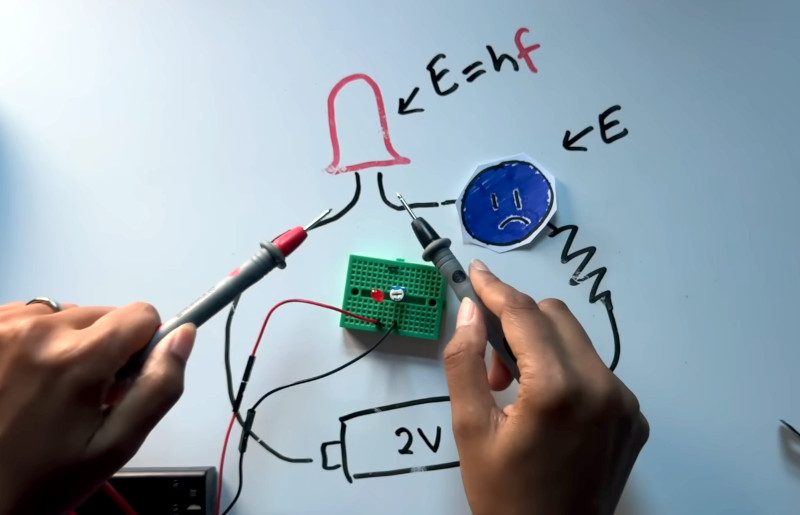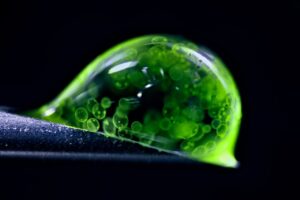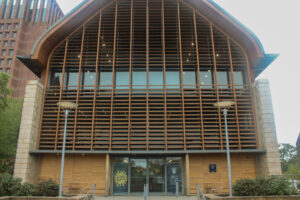
In a hands-on experiment, science enthusiast Looking Glass Universe recently measured Planck’s constant using Light Emitting Diodes (LEDs). This independent effort highlights the importance of verifying established scientific constants, which have remained unchanged since their initial measurement in 1916. The experiment not only showcases a straightforward methodology but also emphasizes the accessibility of physics experimentation for individuals outside traditional laboratory settings.
Understanding Planck’s Constant
Planck’s constant is a fundamental quantity in quantum mechanics that plays a crucial role in explaining phenomena such as the photoelectric effect. This effect describes how light can eject electrons from a material, and it varies based on the light’s wavelength. The constant itself is essential for many calculations in physics, making its accurate measurement vital for both educational and research purposes.
The experiment carried out by Looking Glass Universe involved using LEDs due to their availability and the variety of colors they emit. By adjusting the brightness of an LED until it reached the point of darkness, she could measure the voltage across the LED and estimate Planck’s constant. This approach allows for a practical application of theoretical knowledge, transforming abstract concepts into tangible experiences.
Conducting the Experiment
The setup required minimal equipment, primarily utilizing a potentiometer to regulate the LED’s brightness. By knowing the wavelength of the emitted light, it is possible to calculate Planck’s constant from the measured voltage. Interestingly, the experiment revealed that even when disconnected, an LED can emit stray photons, providing valuable data for analysis.
During her experiment, Looking Glass Universe achieved a preliminary result that was off by an astonishingly small amount of 1 x 10-40. While this figure might seem alarming at first glance, it actually illustrates the precision in measuring such a tiny constant. For accurate calculations, she utilized a scientific calculator and the online tool Wolfram Alpha, demonstrating the resources available for anyone interested in conducting similar experiments.
This particular experiment not only serves as a practical demonstration of physics principles but also encourages curiosity and exploration in science. It can be performed quickly or expanded into a more elaborate setup, depending on the experimenter’s interest and resources. As physics enthusiasts continue to engage with fundamental concepts through hands-on activities, the importance of verifying constants like Planck’s remains clear.
In summary, Looking Glass Universe has provided an accessible way for individuals to engage with quantum mechanics and its foundational principles. By measuring Planck’s constant using readily available materials, this experiment enhances understanding and inspires further exploration in the field of science.







